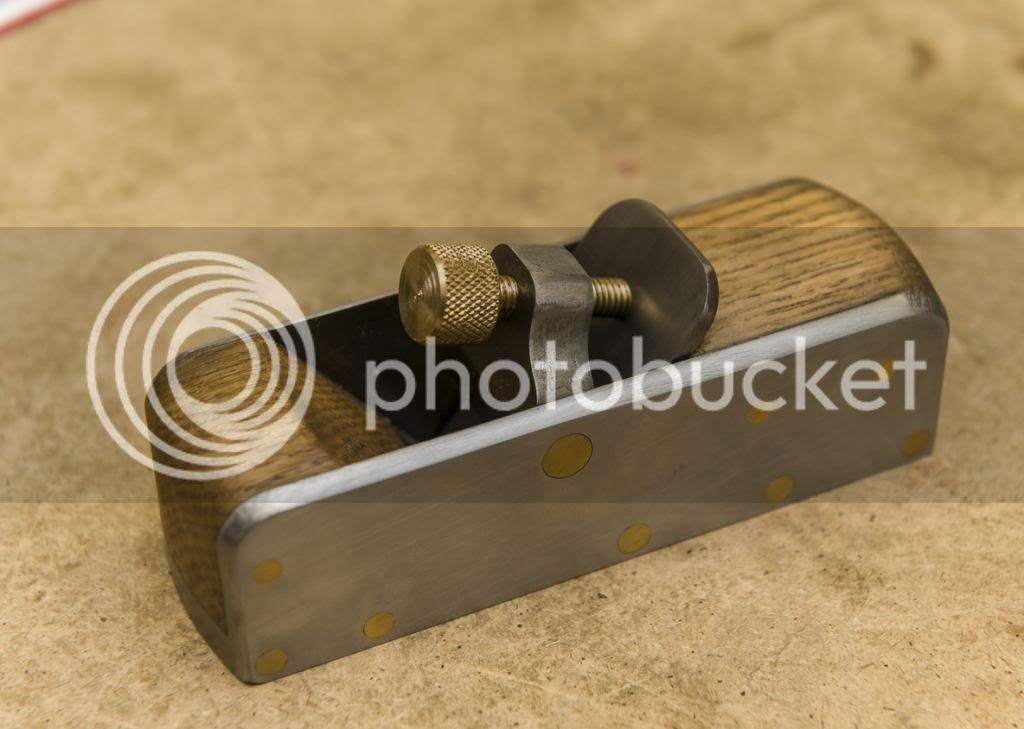I have been inspired by posted her and the likes of Konrad Sauer to make my own plane. The seed has been set firmly in my head. so the big question what plane to make first?? My personal preference for a plane is my 51/2 i use this for the majority of my work my other plane used is my low angle block plane. With these two planes I can do almost everything i need. So my though so far.
1 Make a simple small smoothing plane similar to this http://www.infillplane.co.uk/?p=226
OR
2 Make an infill version of my 5 1/2 optimized for everything i use my Stanley for shooting end grain with my shooting board, smoothing and jointing. 45deg bed angle, large side area for use on it side, fine adjuster for the blade etc.
OR
3 A standard sized smother with a high bed angle for difficult grain.
Option 1 sounds the simplest closely followed by 3. but the plane i would most use and love to make would be the 2nd.
I have always been a jump in with both feet and sink or swim kind of person bot seeing sens I think it might be best to start with simple.
Your thought and input most welcome and at his stage required before i take the leep.
David
1 Make a simple small smoothing plane similar to this http://www.infillplane.co.uk/?p=226
OR
2 Make an infill version of my 5 1/2 optimized for everything i use my Stanley for shooting end grain with my shooting board, smoothing and jointing. 45deg bed angle, large side area for use on it side, fine adjuster for the blade etc.
OR
3 A standard sized smother with a high bed angle for difficult grain.
Option 1 sounds the simplest closely followed by 3. but the plane i would most use and love to make would be the 2nd.
I have always been a jump in with both feet and sink or swim kind of person bot seeing sens I think it might be best to start with simple.
Your thought and input most welcome and at his stage required before i take the leep.
David


































